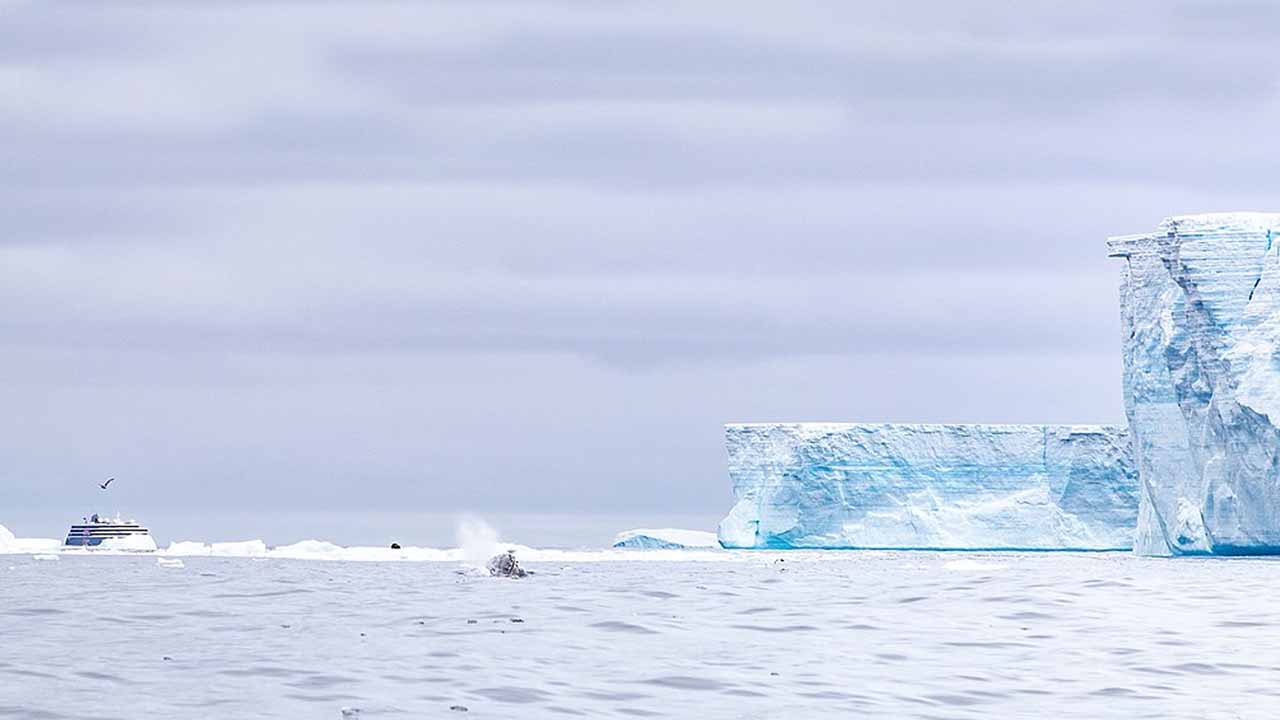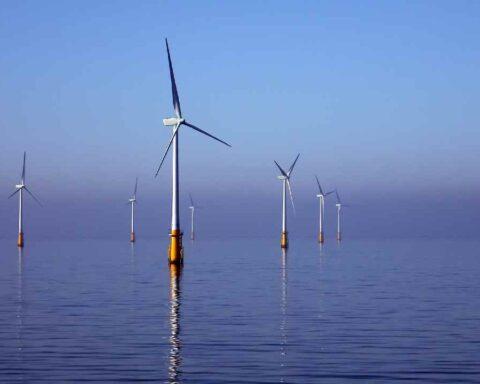An enormous iceberg, which was once three and a half times larger than London, released 152 billion tonnes of fresh water into the ocean, a study shows. Scientists monitoring the giant A-68a Antarctic iceberg from space have found that the megaberg melted around the sub-Antarctic island of South Georgia.
The experts calculated that, at the time of its formation, the A-68a had an area of 5,800 square kilometres, that is, almost twice the surface of the island of Mallorca (3,640 km²), and an average thickness of 235 meters. The main part of this large mass of ice, called A8A, moved for more than two years through the Antarctic Ocean in a northeasterly direction, driven by sea currents and the wind, until it reached the vicinity of the South Georgia Islands.
Experts from the NASA Earth Observatory and the British Antarctic Survey (BAS) declared the A-68a “dead” in April 2021, considering that there had been a large fragmentation of the iceberg and the melting of much of its ice.
Researchers from the UK Center for Polar Observation and Modeling (CPOM) and the British Antarctic Survey (BAS) have now completed the assessment of the life and disappearance of A-68a with one of the most detailed studies carried out to date on this type of phenomenon.
One of the most outstanding data of this research is that in three months (from December 2020 to March 2021) the melting of the A-68a released approximately 152,000 million tons of fresh water in the vicinity of the South Georgia Islands.
The University of Leeds, UK, to which the main author of the article, researcher Anne Braakmann-Folgmann, belongs, has tried to facilitate popular understanding of the volume of freshwater that emerged from the melted A-68a, indicating that 152,000 million tonnes of water are equivalent to 20 times the current volume of the famous Lake Loch Ness.
The authors of the study recalled that initially it was feared that the A-68a iceberg would run aground on the coast of the Georgia, altering the marine life and terrestrial fauna of the area, but finally there has only been a contribution of freshwater, whose consequences are not entirely clear but appear to be relatively moderate.
The researchers shared an informative article on January 20 in which some of the results of the monitoring of the iceberg and its end are presented.
In July 2017, the mega iceberg broke off the Larsen-C ice shelf on the Antarctic Peninsula to begin its three-and-a-half-year, 4,000-km journey across the Southern Ocean. At 5,719 square kilometres, a quarter part of the size of Wales, it was the largest iceberg on Earth when it was formed and the sixth-largest on record, these scientific research centres recall in their note.
Around Christmas 2020, the iceberg received widespread attention when it approached worryingly close to South Georgia, raising concerns that it could damage the island’s fragile ecosystem.





























